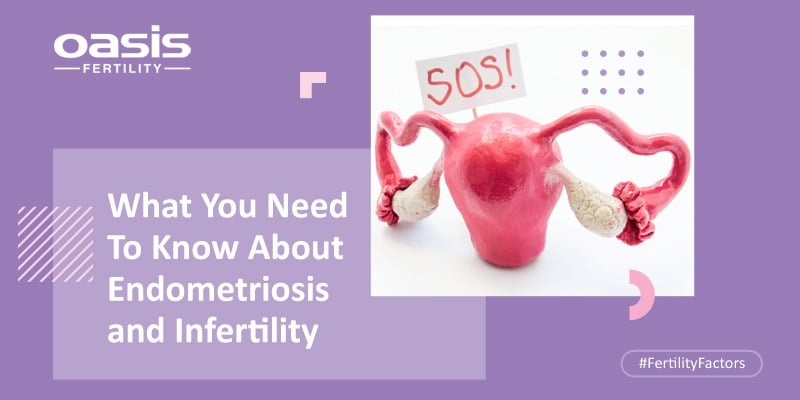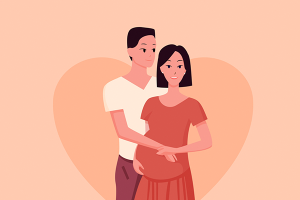Endometriosis

All about endometriosis and its effects on infertility
Endometriosis is a common gynaecological condition where the lining of the uterus starts growing outside. The growth can appear on the ovaries leading to the formation of a blood-filled cyst, in the fallopian tube causing blockages, on the outside of the uterus, on the bladder and the bowel. The growth can irritate its surroundings and can lead to pain and adhesions. Hormonal changes can even cause these growths to bleed causing even more pain. Endometriosis is a leading cause of infertility in women. Studies show that 30 to 50% of women who have endometriosis can have some level of infertility.
How to tell if you have endometriosis?
Many women do not have any symptoms and the first time they realise they have it is when they go to the gynaecologist. But in most women, endometriosis causes a lot of pain and discomfort. The common symptoms of endometriosis are-
- Pain during sex
- Pain during menstruation
- Pain during ovulation
- Fatigue
- Cramps
- Frequent urination
- Constipation or diarrhoea
- Lower back pains
- Pain with bowel movements
- Infertility
In some cases, the endometriosis tissue can grow inside the ovaries to form a blood-filled cyst called an endometrioma. While other endometrial tissue can be invisible during an ultrasound scan, endometrioma can be visible in it. Laparoscopy has to be done to have a clear diagnosis of endometriosis.
How endometriosis causes infertility?
The tissue growth seen in endometriosis is benign. In other words, the growth is not cancerous. But it can affect the normal functioning of a woman’s reproductive system. This can, in turn, affect her ability to get pregnant.
-
- Endometrial tissue on the ovaries
Endometrioma causes local hormonal imbalance interfering with the growth of eggs, adhesions around the ovary can distort the tube and ovary relationship and interfere with egg pick up. Local inflammation caused by endometrioma decreases the quality of the egg.
-
- Endometrial tissue in the fallopian tubes
Fallopian tubes can have blockages that are caused by endometrial tissue growth in and around them. This makes it impossible for the eggs to pass through the fallopian tubes after they are released by the ovaries.
- Endometrial tissue blocking the way to the uterusPartial blockages in the Fallopian tubes and local inflammation around the tube may interfere with embryo transport leading increased risk of ectopic pregnancy.
- Inflammation
- The inflammation of the endometrial tissue can cause the production of cytokines. Cytokines can inhibit the function of egg cells and sperm cells. This can make fertilization difficult to happen.
In addition to these, endometriosis can also cause infertility due to distorted anatomy of the pelvis, changes in the hormonal environment of the eggs, adhesions, altered functioning of the immune system, altered egg quality and impaired implantation of the pregnancy.
How is infertility due to endometriosis treated?
- Medical Intervention- As a first step, drugs may be used to control pain and suppress endometriosis. But these may not help if the woman is planning for pregnancy because they act by suppressing ovarian activity.
- Surgical Intervention- Your fertility expert may advise you to undergo surgery to remove the endometrioma and scars to restore the anatomy. This may allow you to become pregnant naturally.
- IVF- In vitro fertilization may help a woman with endometriosis conceive. Sometimes a combination of surgical and medical intervention may be necessary for IVF to be a success.










